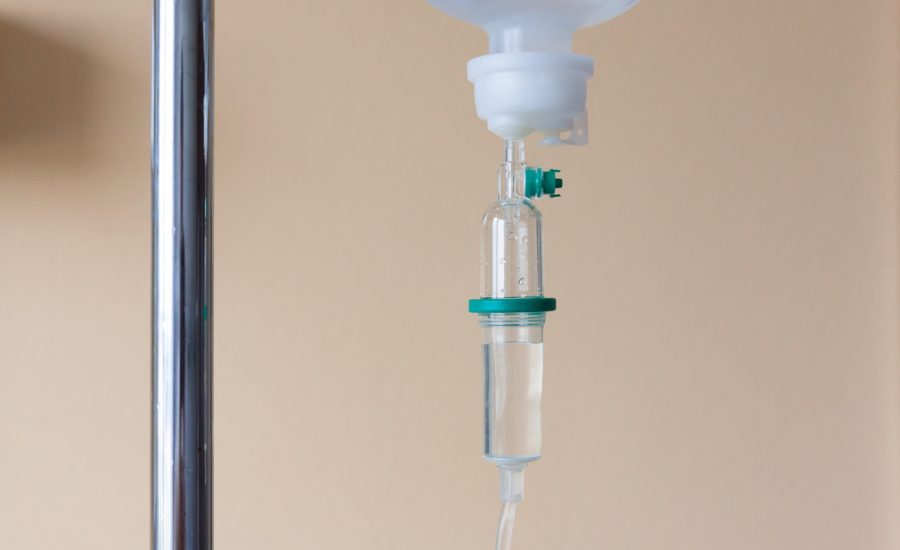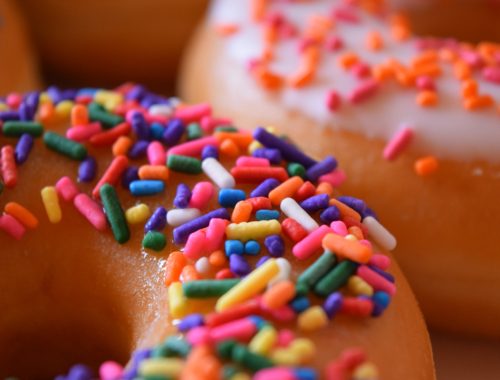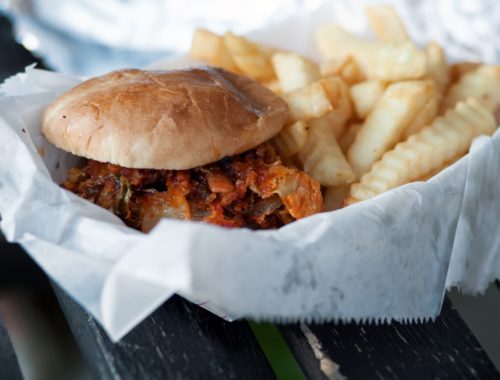Prevent
Causes of Fatty Liver Disease and Preventative Strategies

Fatty liver disease is becoming increasingly pervasive in the U.S.- approximately 25% of the population is affected by the disease. Fatty liver disease occurs when fat builds up in liver cells beyond normal levels. While in some cases excessive alcohol consumption can play a significant role, in many it doesn’t.
Many fatty liver cases are categorized under NAFLD (non alcoholic liver disease). Depending on the severity of the disease in the patient at hand, the patient’s diagnosis lies at a certain stage. NAFL (non-alcoholic fatty liver) is the initial, reversible stage of liver disease. Unfortunately, NAFL is often undiagnosed and continues to develop into a more severe condition known as NASH (non-alcoholic steatohepatitis).
NASH develops due to chronic inflammation induced by increased fat accumulation in liver cells. The inflammation can lead to fibrosis (scarred tissue) as liver cells repeatedly injure and die off. NASH, if ignored, can greatly increase the risk of cirrhosis (severe tissue scarring) and even liver cancer. In 2016, NASH was determined to be the fastest growing cause of liver cancer. In many NASH cases, the resulting critical damage necessitates a liver transplant. In 2019, NASH was found to be the fastest-growing reason for a liver transplant in the U.S. NASH is also linked to an increased risk of other diseases, including heart disease, diabetes, and kidney disease.
Causes/Risk Factors:
NASH can originate from several different risk factors. The leading cause in the US is obesity, which involves inflammation that may promote liver fat storage. Approximately 30-90% of obese adults have NAFLD and is increasing in children due to the obesity epidemic. Other causes of NASH linked to obesity include the high intake of refined carbs and excessive sugary beverage consumption. Both dietary choices have been shown to drive liver fat storage in children and adults, especially those with type 2 diabetes and metabolic syndrome. 
Insulin resistance and impaired gut health are also known to cause NASH. In diabetic patients, insulin resistance may trigger hyperinsulinemia (excess secretion of insulin) to compensate for high blood sugar levels. High levels of insulin have been shown to increase liver fat storage and even accelerate primary liver cancer by activating several oncogenic pathways. Having an imbalance in gut bacteria, a nonfunctional gut barrier, or other gut problems can generate hepatic inflammation that can ultimately progress NASH.
Preventative Strategies:
There are several ways to help keep your liver healthy. For example, staying alert for symptoms of fatty liver and knowing when to seek medical advice will prevent the onset of NASH and exacerbation of the liver. Symptoms of fatty liver include fatigue, weakness, slight pain and fullness in the right abdominal area, elevated levels of AST and ALT (enzymes produced by the liver), elevated insulin levels, and elevated triglyceride levels.
If fatty liver disease does progress to NASH, symptoms include loss of appetite, nausea and vomiting, moderate abdominal pain, and jaundice (yellowing of eyes and skin).
If the above symptoms are observed, it’s important to try and implement several lifestyle and dietary changes to help prevent further liver damage.
Losing weight is one of the best ways to reverse fatty liver. In a 3 month study of overweight adults, cutting down caloric intake by 500 calories per day led to a significant decrease in fatty liver score. Cutting back on carbs, especially refined carbs, can help with this. Liver fat is formed in a process called DNL (de novo lipogenesis). During DNL, excess carbs are converted into liver fat. The rate of liver fat production increases with higher intakes of such carbs. By decreasing consumption of refined carbs, liver fat production will be held under control. 
In addition to cutting back on carbs, eating certain foods may be beneficial for treating fatty liver. Foods that have monounsaturated fats (i.e. olive oil, avocados, nuts), whey protein, green tea, and soluble fiber have shown to promote liver fat loss in several studies. Furthermore, supplements such as milk thistle (an herb), berberine, and omega-3 fatty acids have been shown to reduce insulin resistance, inflammation, blood sugar, cholesterol levels, and liver fat.
Finally, one of the most effective lifestyle changes is to frequently exercise. Studies show that engaging in physical activity can significantly reduce the amount of fat in liver cells. A 4-week study showed that obese adults with NAFLD who exercised for 30-60 minutes 5 days a week experienced a 10% decrease in liver fat.
– Alexander Kirichenko, MD PhD




